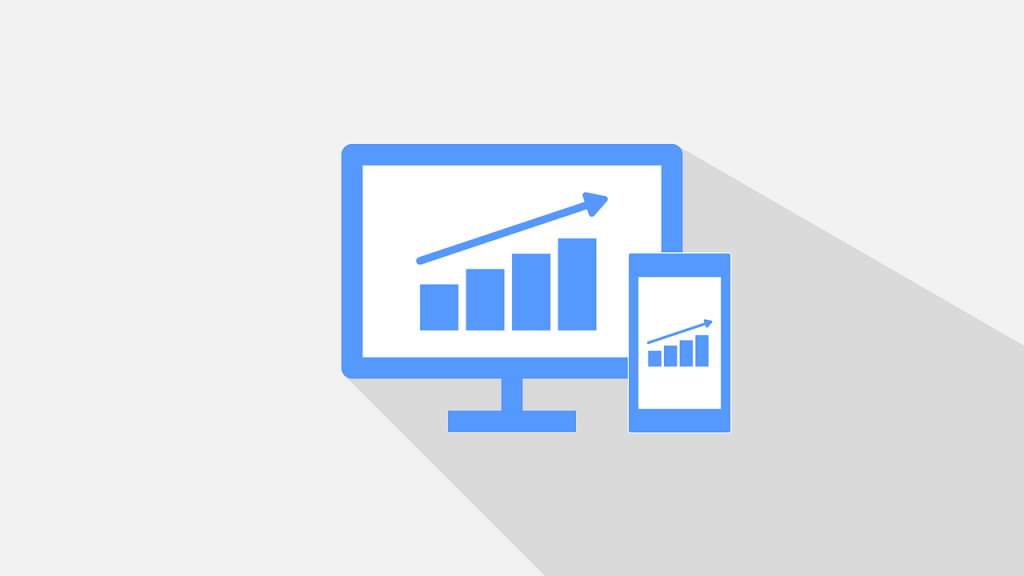
How would you define a successful mobile app? It revolves around great design, amazing interface, easy navigation, fast functioning and a great user experience, right? Partially, yes, absolutely, no. Because there’s one more factor that counts equal in weightage, if not more: Scalability.
Table of Content
Before we dig deeper into the details of why one needs a scalable app and how to make one, let’s understand the concept of scalability first, shall we?
A scalable app is the one that can accommodate more resources to make room for more traffic without changing the base structure.
A well monitored and thoughtfully created mobile app is not something that needs a special kind of development. On the contrary, it’s a methodical approach involving a set of certain rules and technological principles. The result is a thoughtfully created app with a robust and equally flexible structure.
Such a mobile app setup will enable you to:
On the contrary, a mobile app system that does not incorporate a thoughtful designing and architecture gets limited scalability. It means, additional resources will only improve performance for a while. But after a saturation point, there will be no effect on system performance no matter how many resources you keep on adding.

The most important factor that every mobile app owner must understand is that mobile apps are software that work according to a predetermined mechanism. In short, a mobile app is a system, and every system has a limit to which it can pushed. This limit is known as saturation point.
Many a times, mobile apps can collapse due to n number of reasons. That said, one of the most common reasons happens to be improper upgrades or unforeseen issues while upgrading. And that’s where the concept of recoverability comes into the picture.
In simple words, recoverability is the ability of a mobile app to roll back to its previous operational version.
Ramp up test helps mobile app developers find out the saturation point of a mobile app. It also aids app owners to identify any and all bottlenecks that hamper a mobile application’s performance and effective operation. At the same time, ramp up test also determines the scalability and reliability of a mobile app.
Ramp up test helps mobile app owners and developers evaluate a mobile app on various parameters:

A mobile app is scaled on two sides: the frontend and the backend. Let’s take a look at what happens in either case.
The frontend scalability is all about design and user interface. Whenever a mobile app user opens the app, it should load instantly. It should be easy to navigate, and clear in design.
Every button, scroll and tap on the screen should go to the next step with ease, and must be planned to perform well when scaled up.
Backend is what makes the frontend work, it’s the mechanism that makes the app usable. 80% of mobile application’s functionality depends on the backend. It comprises of servers, database and everything that a user doesn’t see.
Scaling up a mobile application depends a lot on the platform you are using to get the needful done. And thus, we bring you the most effective platforms that can aid you in giving your app the room it needs to grow…

NodeJS is believed to be the most effective tool to create highly scalable apps. NodeJS is capable of handling numerous requests without fail. It’s a highly efficient JavaScript framework that allows memory efficient asynchronous programming. Every top mobile app development company uses NodeJS to make scalable mobile apps.
This amazingly efficient Python powered framework helps mobile app developers make highly scalable web apps. At the same time, it also allows apps to boast of a clean and practical design, something really important for delivering great user experience.
Ruby on Rails is amazing when going for an app in the likes of Shopify, Airbnb and such. Although RoR is not as efficient as NodeJS when it comes to running a myriad of complex queries, it is highly efficient in making exceptionally good web applications.
Remember, a scalable mobile app is a methodical approach to create a mobile app that is always available, performs flawlessly, retrieves all the data quickly, responds in real time and always has room for more functionalities. Moreover, it should also help you trace malfunctions and if needed, the option to rollback to good ol’ working version.
